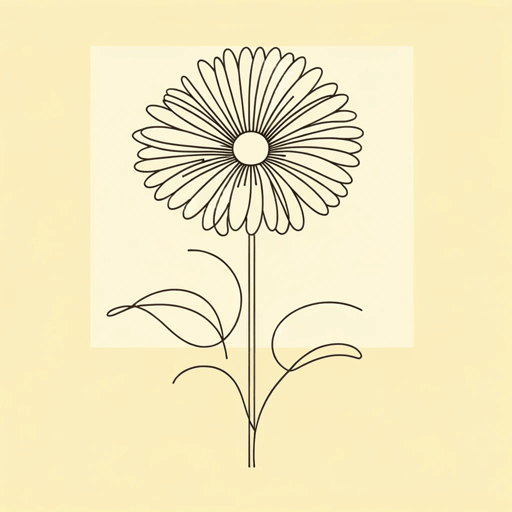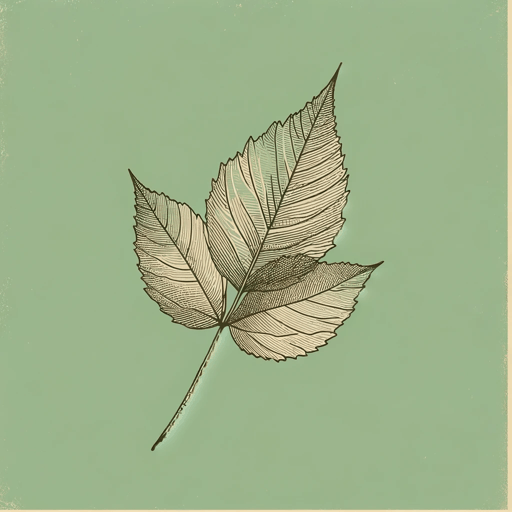17 pages • 34 minutes read
Mary OliverWild Geese
Fiction | Poem | Adult | Published in 2004A modern alternative to SparkNotes and CliffsNotes, SuperSummary offers high-quality Study Guides with detailed chapter summaries and analysis of major themes, characters, and more.
Background
Literary Context
Mary Oliver was a poet concerned with, maybe even obsessed by, nature. The poet has explained that this preoccupation stemmed from a lifelong passion for solitary walks in the natural world. Within literature, there is a longstanding tradition of the flaneur (the French term for “stroller”), but more specifically within poetry there is a deep engagement with one who walks in the outdoors. This tradition finds its grounding in Romanticism. The English poetry movement in the early-19th century centered around the poets William Wordsworth, Samuel Taylor Coleridge, John Keats, Percy Shelley, and William Blake. All these poets had slightly different conclusions on nature, but all shared a deep love for it and looked to the natural world as a major source of inspiration.
Romantic poetry also shares a belief in pantheism; the belief that all things compose an all-encompassing God. Oliver is often thought of as a Devotional poet; her work imbues nature with a spiritual force that feels pantheistic. Oliver’s understanding of nature may be most closely aligned with Wordsworth, who recognized nature as a living thing, teacher, and god. In her later work, where readers can see a new insertion of humanity, there are also influences of Shelley, who believed that nature is a living thing that shares a union with man.
Related Titles
By Mary Oliver




